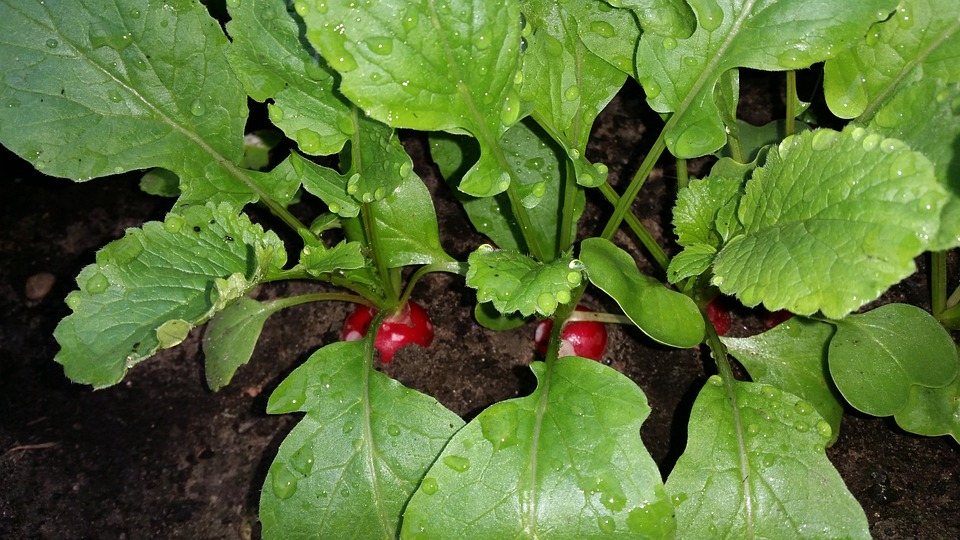Introduction
Edible gardening is a rewarding and beneficial hobby that allows you to grow your own fresh and organic food. Whether you have a spacious backyard or just a small balcony, you can start your own edible garden with a few basic tips and techniques. This article will guide beginners on how to get started with edible gardening and provide useful pointers to ensure success in your gardening journey.
Choosing the Right Location
The first step in starting an edible garden is finding the ideal location. Look for a spot that receives ample sunlight, at least 6-8 hours a day. Most edible plants require full sun to thrive. If you have limited outdoor space, consider using containers or raised beds that can be easily placed in sunny spots. Additionally, ensure your chosen location has good drainage to prevent waterlogged soil.
Preparing the Soil
Once you have selected the location, it’s time to prepare the soil. A healthy and nutrient-rich soil is essential for the success of your edible garden. Remove any weeds, rocks, or debris from the area. Loosen the soil using a garden fork or tiller to improve aeration and drainage. Incorporate organic matter like compost or well-rotted manure to enrich the soil with nutrients. Testing the pH of your soil can also be helpful to determine if any amendments are necessary.
Selecting the Right Plants
Choosing the right plants for your edible garden is crucial. Consider the available space, climate, and time commitment you can dedicate to gardening. Start with easy-to-grow vegetables like tomatoes, cucumbers, lettuce, or herbs like basil and mint. Research the specific requirements of each plant, including the amount of sunlight, water, and spacing needed. Opt for disease-resistant varieties to increase your chances of success.
Providing Adequate Watering
Watering is a critical aspect of edible gardening. Ensure your plants receive adequate moisture without being overwatered. Different plants may have different water requirements, so it’s important to understand their needs. Generally, plants should be watered deeply to encourage deep root growth and conserve water. Mulching around the plants can help retain moisture in the soil and prevent weed growth.
Managing Pest and Disease
Dealing with pests and diseases is an inevitable part of gardening. Implement preventive measures such as inspecting plants regularly, keeping the garden clean, and promoting biodiversity to reduce the likelihood of pest infestations. Consider using organic pest control methods like neem oil or companion planting. If you notice any signs of disease or infestation, take immediate action to prevent further spread and seek advice from local gardening resources.
Harvesting and Enjoying
One of the most satisfying moments in edible gardening is harvesting your homegrown produce. Different plants have different harvest times, so keep an eye on their maturity. Harvest your vegetables, fruits, or herbs when they are ripe and ready. Enjoy the fresh flavors and nutritional benefits straight from your garden. Share your surplus harvest with friends, family, or neighbors to spread the joy of edible gardening.
FAQs
What if I don’t have an outdoor garden space?
If you don’t have access to outdoor garden space, you can still grow edible plants indoors. Consider using containers or window boxes near a sunny window. Herbs like parsley, chives, or mint can thrive indoors with sufficient light and care.
How often should I fertilize my edible plants?
It depends on the specific requirements of each plant and the type of fertilizer you are using. Generally, a slow-release organic fertilizer applied at the beginning of the growing season should be sufficient. Avoid over-fertilizing, as it can lead to excessive vegetative growth and reduced fruiting.
Is it possible to grow edible plants in a small space?
Absolutely! Even a small balcony or patio can accommodate edible gardening. Utilize vertical gardening techniques, hanging baskets, or wall-mounted planters to maximize space. Choose compact or dwarf varieties of plants that can thrive in smaller containers.
How can I extend the growing season for my edible garden?
You can extend the growing season by using techniques like row covers, greenhouses, or cold frames to protect your plants from frost. Additionally, consider planting cool-weather crops in early spring or fall and using mulch to insulate the soil and maintain warmth.
Are there any common edible plants that are low-maintenance?
Yes, several edible plants are known for being low-maintenance. Some examples include radishes, green beans, zucchini, rosemary, and thyme. These plants require minimal care and can be a great starting point for beginner gardeners.




